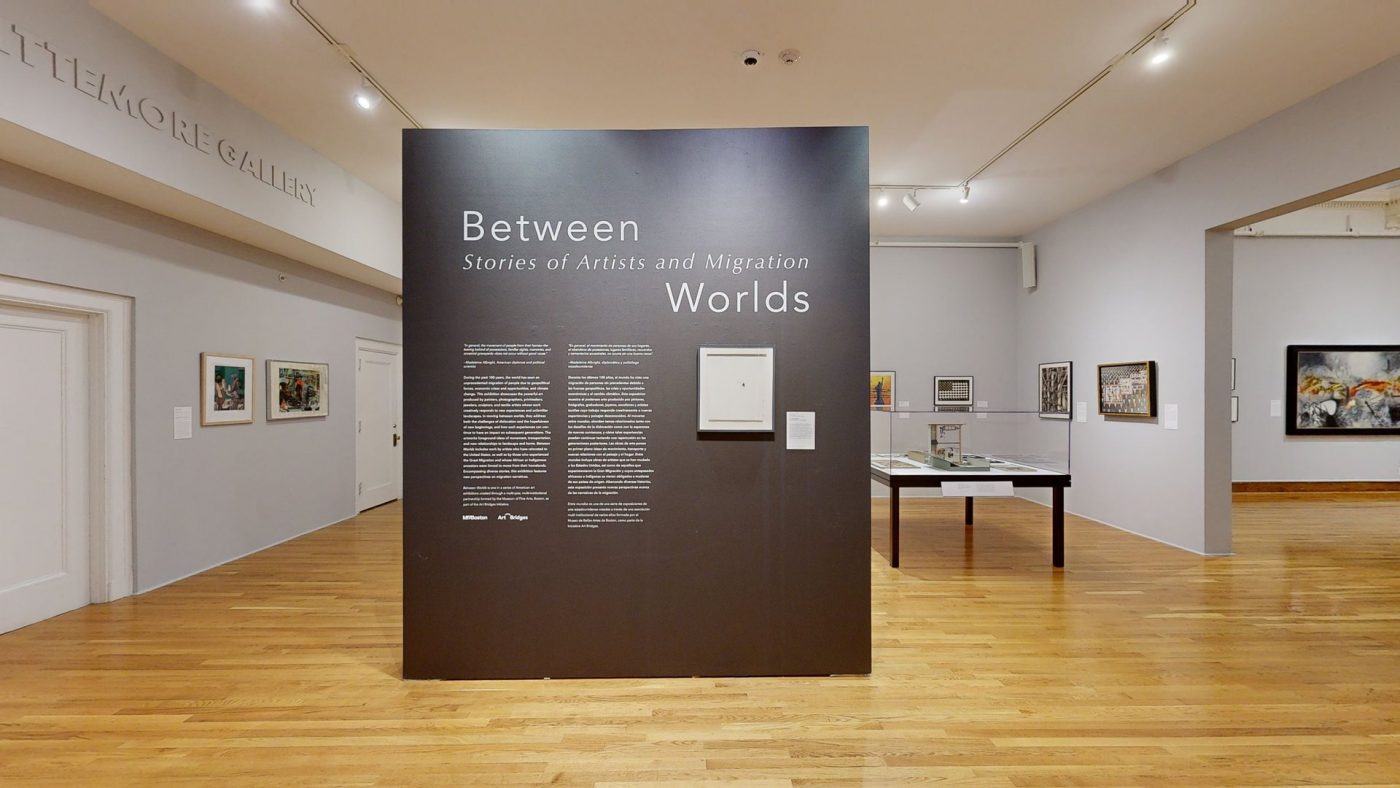Unlocking New Dimensions in Museum Showcasing with Matterport 3D Virtual Tours
In the digital era, museums transcend preserving the past by embracing a future where 3D Virtual Tours revolutionize our interaction with art, history, and culture. It’s exciting to be part of this transformation, making cultural experiences accessible globally.
Features of Museum Showcasing with 3D Virtual Tours:
High-Resolution 3D Imagery: Provides a lifelike representation that feels as real as being there.
Interactive Exploration: Viewers freely navigate the virtual space, setting their own path and pace, zooming in on artifacts or artworks, and engaging personally with the exhibit.
Multimedia Integration: Incorporate audio descriptions, text information, and even video clips into the 3D space, offering rich, contextual information that brings exhibits to life.
Accessibility Features: Virtual tours open the museum doors to those who, due to geographical, physical, or financial constraints, can’t visit in person.
Remote Education: A boon for educators and students, providing a dynamic, immersive learning environment that transcends the traditional classroom.
Analytics Tracking: Museums can gather valuable data on visitor interactions within the virtual space, helping to understand preferences and improve future exhibits.
Benefits of Matterport 3D Virtual Tours for Museum Showcasing:
Global Reach: Break geographical barriers. Whether you’re in Waterbury, CT, or halfway across the world, the museum is just a click away.
Enhanced Engagement: Unlike traditional photos or videos, a 3D virtual tour is interactive and immersive, capturing the viewer’s attention and curiosity, and increasing the time they spend ‘at’ the museum.
Marketing Tool: A 3D virtual tour can entice potential visitors, giving them a tantalizing preview that encourages a physical visit.
Preservation and Documentation: Virtual tours serve as digital time capsules, preserving exhibits in their prime state, allowing future generations to experience past exhibits.
Increased Accessibility: Ensure that everyone, regardless of physical ability or financial situation, has the opportunity to explore and enjoy the museum’s offerings.
Support for Grant Applications and Funding: A 3D Virtual Tour is a testament to a museum’s commitment to accessibility, innovation, and education.
In conclusion, 3D Virtual Tours mark a leap towards universally accessible and engaging cultural education. Beyond relevance, museums are pioneering immersive learning with these tours. Looking forward, integrating VR and AR promises even more interactive experiences, blurring lines between physical and digital realms and enhancing educational opportunities. We’re not just envisioning but building this future, embracing new technologies to unlock unprecedented possibilities in museum experiences.

